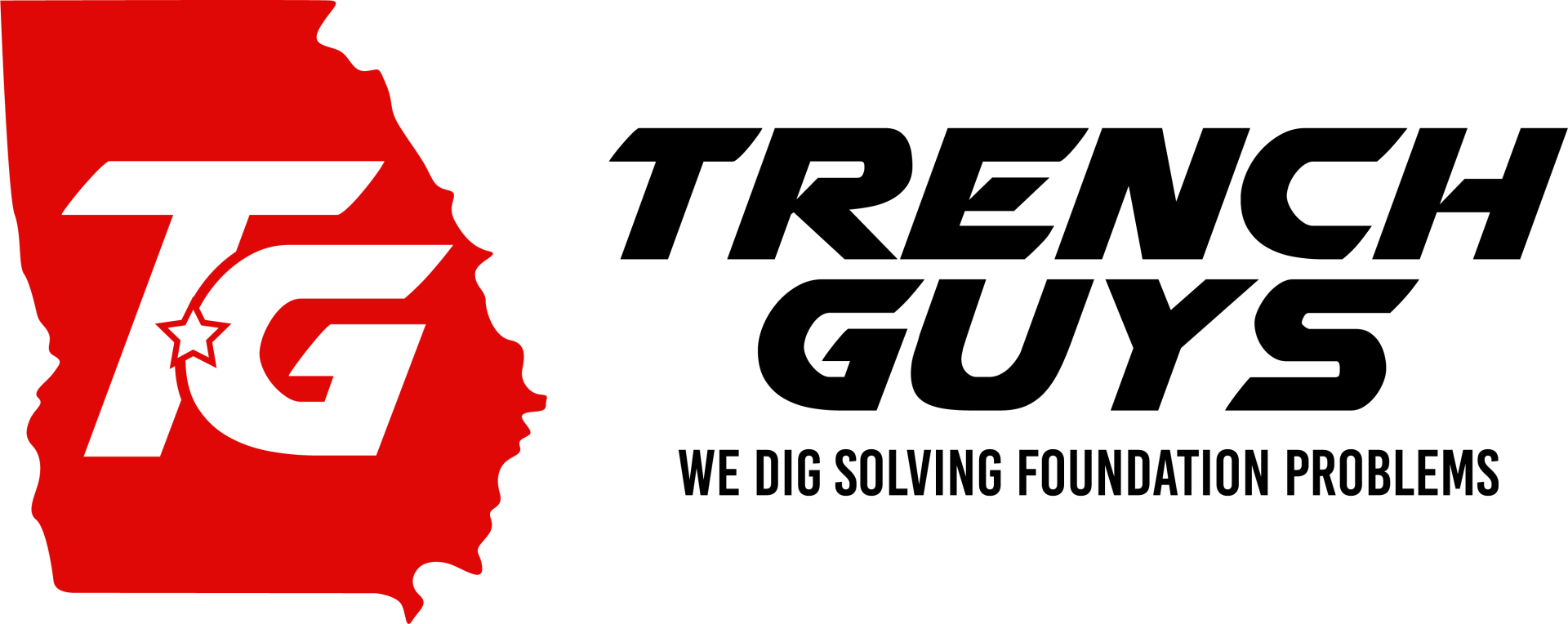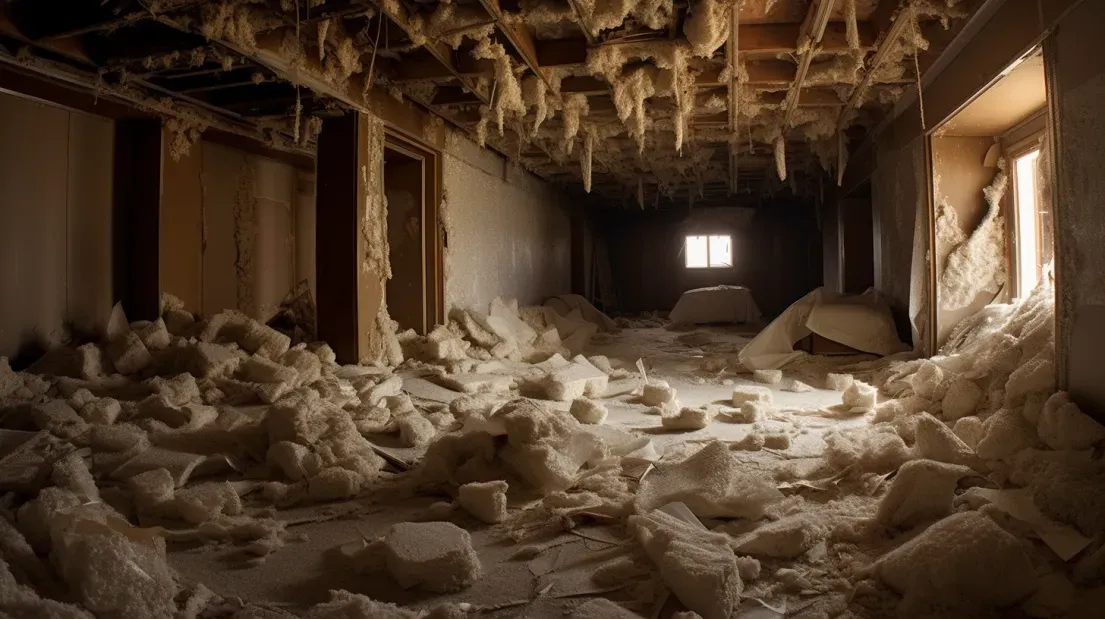Ensuring the structural integrity of a crawl space is paramount for the overall health and safety of a building. Crawl spaces, often overlooked and undervalued, play a crucial role in supporting the structure above them. They provide essential functions such as housing utility lines, enabling easier access for maintenance, and facilitating proper ventilation. However, neglecting the upkeep of these spaces can lead to severe consequences, including structural damage, mold growth, and increased energy costs. By maintaining the structural integrity of a crawl space, homeowners can prevent costly repairs, enhance indoor air quality, and ensure the longevity of their property. This blog will delve into the significance of crawl space maintenance, exploring the benefits and best practices for keeping these foundational areas in optimal condition.
Understanding Eco-Friendly Structural Repairs
Definition and Benefits of Eco-Friendly Solutions
Explanation of what makes a solution eco-friendly Eco-friendly structural repairs are methods and materials designed to minimize negative environmental impacts. These solutions utilize sustainable resources, reduce waste, and promote energy efficiency. Key characteristics include the use of recycled or renewable materials, non-toxic substances, and techniques that lower carbon emissions.
Benefits for the environment and homeowners
- Environmental Preservation: Eco-friendly solutions reduce pollution and conserve natural resources, contributing to a healthier planet.
- Health Benefits: Non-toxic materials improve indoor air quality, reducing health risks associated with volatile organic compounds (VOCs).
- Cost Savings: Sustainable practices often lead to long-term savings through reduced energy consumption and lower maintenance costs.
- Increased Property Value: Homes with eco-friendly features are increasingly attractive to buyers, potentially increasing property value.
The Importance of Sustainable Building Practices
Reducing environmental impact
- Lowering Carbon Footprint: Sustainable building practices reduce greenhouse gas emissions through energy-efficient designs and materials.
- Conservation of Resources: Utilizing recycled or renewable resources helps conserve finite materials, promoting a circular economy.
- Waste Reduction: Implementing efficient construction methods and materials management minimizes waste production.
Promoting long-term sustainability in home maintenance
- Durability and Longevity: Sustainable materials and methods are often more durable, reducing the frequency of repairs and replacements.
- Energy Efficiency: Enhancing insulation, ventilation, and overall energy efficiency lowers utility bills and environmental impact.
- Future-Proofing: Sustainable practices prepare homes for future regulations and environmental challenges, ensuring long-term viability and compliance.
By understanding and implementing eco-friendly structural repairs and sustainable building practices, homeowners can significantly contribute to environmental conservation while enjoying numerous personal benefits.
Common Crawl Space Structural Issues
Typical Problems Found in Crawl Spaces
Moisture buildup and water damage Crawl spaces are particularly susceptible to moisture buildup due to poor ventilation and proximity to the ground. This can lead to water damage, fostering mold growth and weakening the structural components of the building. Persistent moisture issues can also contribute to unpleasant odors and potentially hazardous living conditions.
Wood rot and termite infestation Excessive moisture can cause wood rot, compromising the integrity of wooden supports and beams within the crawl space. Additionally, damp environments attract termites, which can further deteriorate wooden structures. Both wood rot and termite infestations can lead to significant and costly repairs if not addressed promptly.
Foundation cracks and settlement Structural issues such as foundation cracks and settlement are common in crawl spaces due to soil movement and improper initial construction. These problems can lead to uneven floors, misaligned doors and windows, and further structural damage if not corrected. Ensuring proper drainage and reinforcing the foundation are critical to preventing these issues.
Environmental Impact of Traditional Repair Methods
Use of chemicals and non-renewable materials Traditional repair methods often involve the use of harsh chemicals to treat mold and pests, as well as non-renewable materials for structural repairs. These chemicals can have detrimental effects on the environment, contaminating soil and water sources. The extraction and processing of non-renewable materials contribute to environmental degradation and depletion of natural resources.
Waste generation and disposal issues Conventional repair techniques generate significant waste, including old materials and packaging from new products. Improper disposal of these materials can lead to increased landfill use and environmental pollution. Sustainable repair practices aim to minimize waste through recycling and using eco-friendly materials, thereby reducing the environmental footprint of repair activities.
By addressing these common crawl space issues and considering the environmental impact of repair methods, homeowners can maintain a healthier living environment and contribute to environmental conservation.
Eco-Friendly Materials and Techniques
Sustainable Building Materials
Reclaimed or recycled wood for structural repairs Reclaimed or recycled wood offers a sustainable alternative to newly harvested timber for structural repairs. Utilizing wood from deconstructed buildings or manufacturing waste helps reduce deforestation and the carbon footprint associated with new lumber production. This practice not only preserves natural resources but also gives unique character and history to building projects.
Bamboo and other renewable resources Bamboo is an excellent example of a renewable resource, known for its rapid growth and strength. As a sustainable building material, bamboo requires fewer resources to grow and harvest compared to traditional timber. Other renewable resources include cork, which regenerates quickly and provides natural resilience and insulation properties, making it suitable for various structural and aesthetic applications.
Low-VOC and Non-Toxic Sealants
Benefits of using low-VOC sealants for air quality Low-VOC (Volatile Organic Compounds) sealants significantly improve indoor air quality by reducing the release of harmful chemicals. These sealants are less toxic, minimizing health risks such as respiratory issues and allergic reactions. By choosing low-VOC products, homeowners can create safer, healthier living environments while contributing to overall environmental well-being.
Examples of non-toxic sealants and their applications Non-toxic sealants such as silicone-based, water-based latex, and acrylic sealants are widely available and suitable for various applications. These sealants are ideal for use in crawl spaces, where maintaining air quality is crucial. They effectively seal gaps and cracks, preventing moisture ingress and improving energy efficiency without compromising indoor air quality.
Natural Insulation Options
Sheep wool, cotton, and cellulose insulation Natural insulation materials such as sheep wool, cotton, and cellulose offer eco-friendly alternatives to traditional insulation. Sheep wool is highly effective in regulating temperature and humidity while being resistant to mold and fire. Cotton insulation, often made from recycled denim, provides excellent thermal and acoustic properties. Cellulose insulation, derived from recycled paper products, offers superior performance in filling gaps and reducing air infiltration.
Advantages of natural insulation materials for crawl spaces Natural insulation materials are biodegradable, reducing environmental impact at the end of their lifecycle. They are often treated with non-toxic fire retardants and insect repellents, ensuring safety and longevity. These materials improve indoor air quality by avoiding the release of harmful chemicals, making them ideal for crawl spaces where air quality and energy efficiency are paramount.
By incorporating eco-friendly materials and techniques, homeowners can enhance the sustainability of their properties, reduce environmental impact, and create healthier living spaces.
Green Moisture Control Solutions
Eco-Friendly Vapor Barriers
Use of biodegradable or recycled materials for vapor barriers Eco-friendly vapor barriers are essential for controlling moisture in crawl spaces. These barriers can be made from biodegradable materials or recycled plastics, reducing environmental impact. Biodegradable vapor barriers decompose naturally over time without leaving harmful residues, while recycled plastic barriers repurpose waste materials, lowering the demand for new plastic production and reducing landfill waste.
Installation techniques to maximize effectiveness Proper installation of vapor barriers is crucial to their effectiveness. Ensuring that the barriers cover the entire ground surface and extend up the walls of the crawl space creates a sealed environment that prevents moisture infiltration. Overlapping seams and securing them with eco-friendly tape or adhesive further enhances their performance. Regular inspections and maintenance help maintain the integrity of the vapor barrier over time.
Sustainable Dehumidification
Energy-efficient dehumidifiers Energy-efficient dehumidifiers are designed to remove excess moisture from the air while consuming less energy. These devices often feature advanced technologies such as variable speed compressors and smart sensors that adjust operation based on humidity levels. By using less electricity, they reduce the overall carbon footprint and operating costs, making them a sustainable choice for moisture control.
Renewable energy-powered solutions (e.g., solar-powered dehumidifiers) Solar-powered dehumidifiers represent a highly sustainable option, harnessing renewable energy to operate. These systems utilize solar panels to convert sunlight into electricity, powering the dehumidifier without relying on the grid. This approach not only reduces energy consumption but also lowers greenhouse gas emissions, contributing to a greener, more sustainable home environment.
Improving Natural Ventilation
Designing crawl spaces to utilize natural airflow Designing crawl spaces to take advantage of natural airflow can significantly reduce moisture levels. This involves strategically placing vents to promote cross-ventilation, allowing fresh air to flow through the space and carry away excess moisture. Proper grading around the foundation ensures that water is directed away from the crawl space, preventing moisture buildup.
Installing eco-friendly ventilation systems Eco-friendly ventilation systems, such as those powered by solar energy, can enhance natural airflow in crawl spaces. Solar-powered fans can be installed to boost ventilation, ensuring consistent air movement without increasing energy consumption. These systems are particularly effective in regions with ample sunlight, providing a sustainable solution to moisture control.
By incorporating green moisture control solutions, homeowners can effectively manage humidity in crawl spaces while minimizing environmental impact. These strategies not only protect the structural integrity of the home but also contribute to a healthier, more sustainable living environment.
Integrated Pest Management
Natural Pest Control Methods
Using natural repellents and barriers to deter termites and pests Natural pest control methods leverage non-toxic substances and physical barriers to keep pests at bay. Essential oils such as neem, eucalyptus, and peppermint can act as effective repellents against termites and other pests. Additionally, physical barriers like sand or metal mesh can be installed to prevent termites from accessing wooden structures. These methods not only deter pests but also minimize environmental impact by avoiding the use of harmful chemicals.
Benefits of integrated pest management (IPM) practices Integrated Pest Management (IPM) is a holistic approach that combines multiple strategies to manage pests sustainably. IPM emphasizes the use of biological controls, habitat manipulation, and cultural practices to reduce pest populations. The benefits of IPM include:
- Reduced reliance on chemical pesticides, leading to lower environmental contamination.
- Long-term pest control solutions that prevent infestations from recurring.
- Enhanced safety for occupants and pets by minimizing exposure to toxic substances.
- Improved ecological balance by protecting beneficial insects and natural predators.
Avoiding Harmful Chemicals
Risks associated with traditional pesticides Traditional pesticides often contain toxic chemicals that pose significant risks to human health and the environment. Prolonged exposure to these substances can lead to serious health issues such as respiratory problems, skin irritations, and even neurological disorders. Additionally, these chemicals can contaminate soil and water sources, harming wildlife and disrupting ecosystems. The overuse of pesticides also leads to the development of resistant pest strains, making it increasingly difficult to control infestations.
Eco-friendly alternatives and their effectiveness Eco-friendly alternatives to traditional pesticides offer effective pest control without the associated health and environmental risks. These alternatives include:
- Biological control agents: Introducing natural predators, such as beneficial insects (e.g., ladybugs) or nematodes, to target specific pests.
- Botanical insecticides: Using plant-derived substances like pyrethrin and azadirachtin, which are less toxic and degrade more quickly in the environment.
- Diatomaceous earth: A natural powder that dehydrates and kills pests upon contact.
- Sticky traps and barriers: Physical methods that capture or block pests from entering structures. These eco-friendly methods not only effectively manage pest populations but also support a healthier and more sustainable environment.
By adopting integrated pest management practices and avoiding harmful chemicals, homeowners can effectively control pest issues in their crawl spaces while safeguarding their health and the environment.
FAQs
Contact Trench Guys Today!
Trench Guys will do everything we can to ensure your experience with us is excellent.
Request A FREE Estimate
Request a Free Estimate Form
Checkout Recent Post
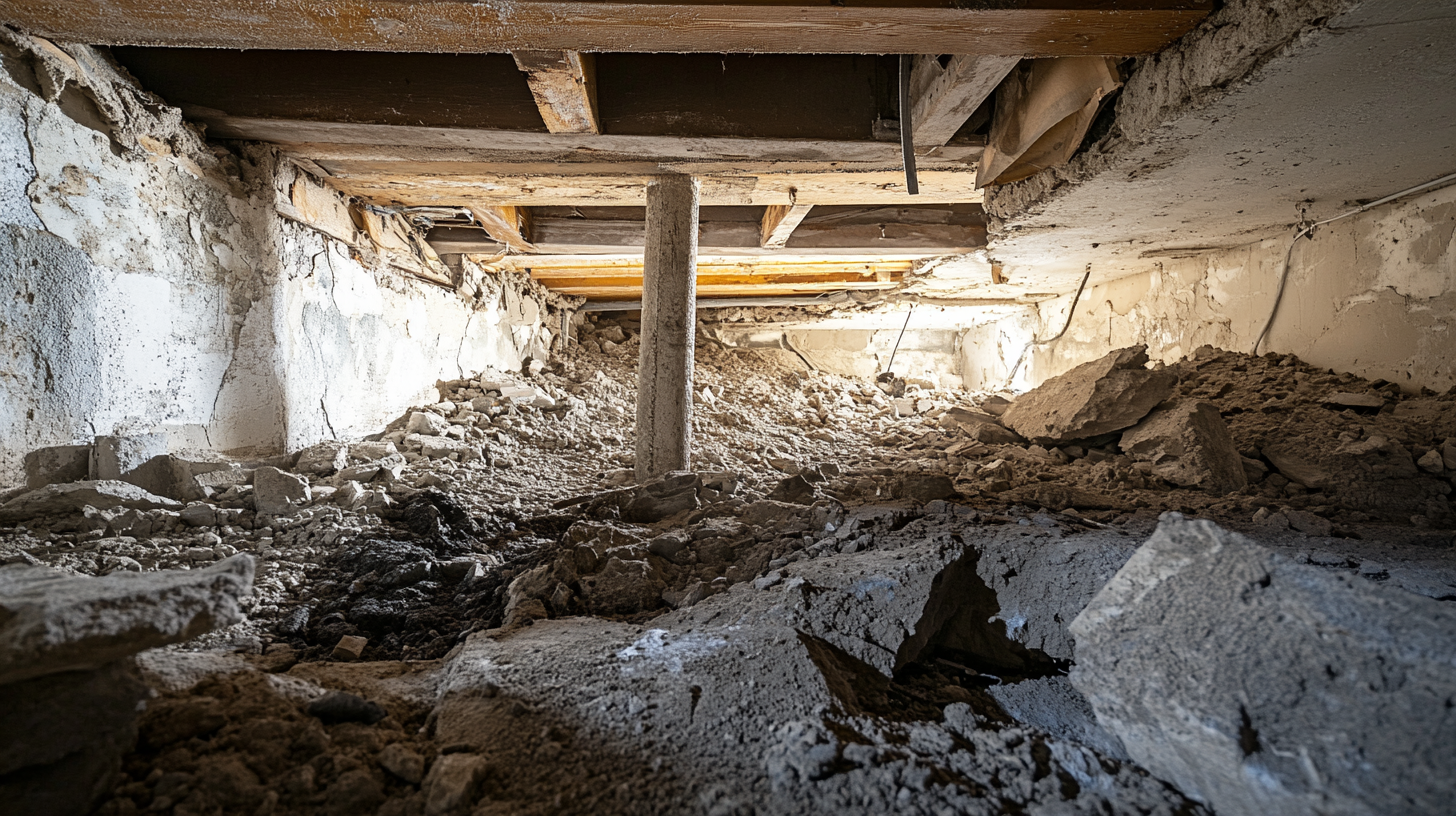

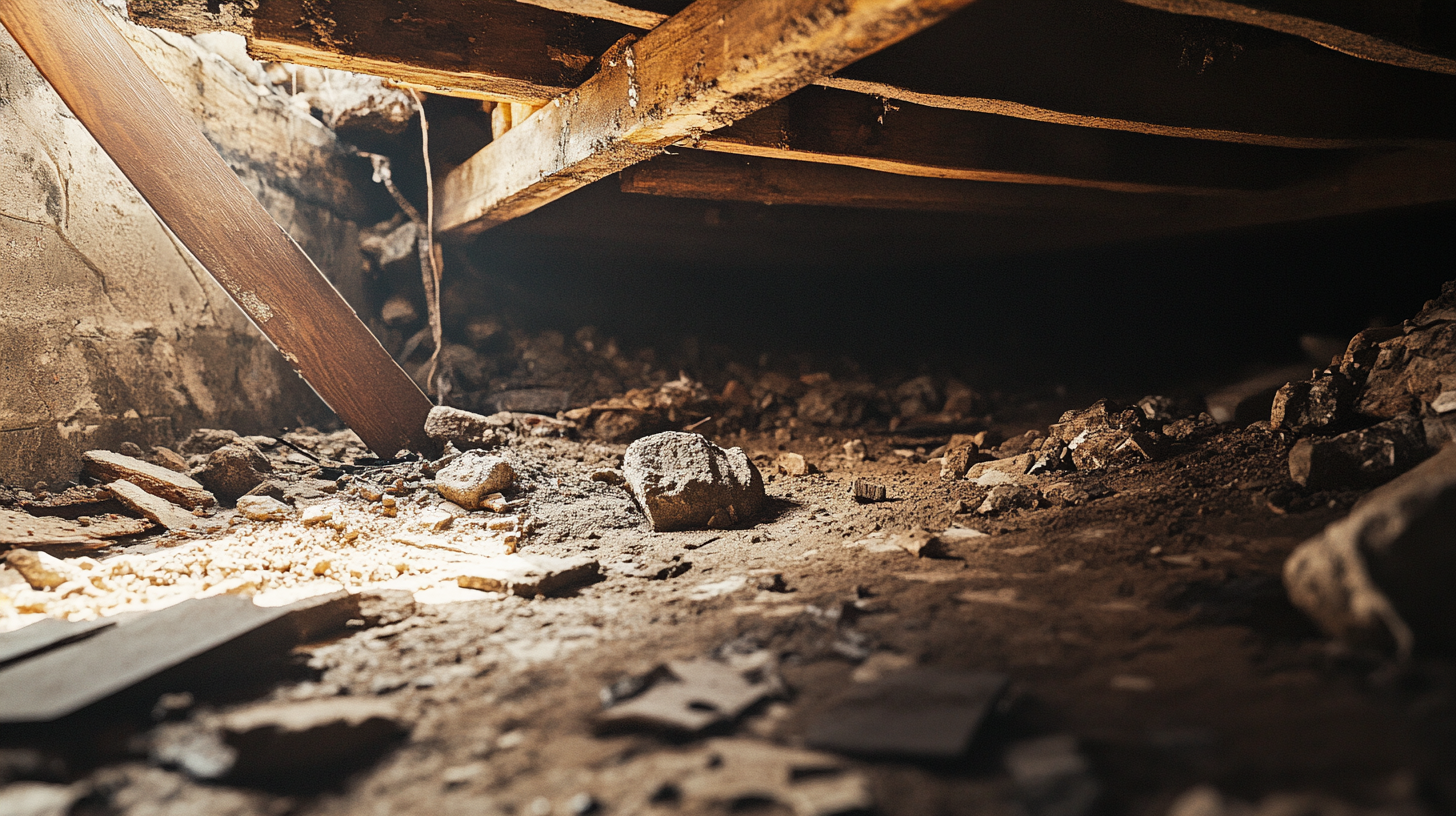
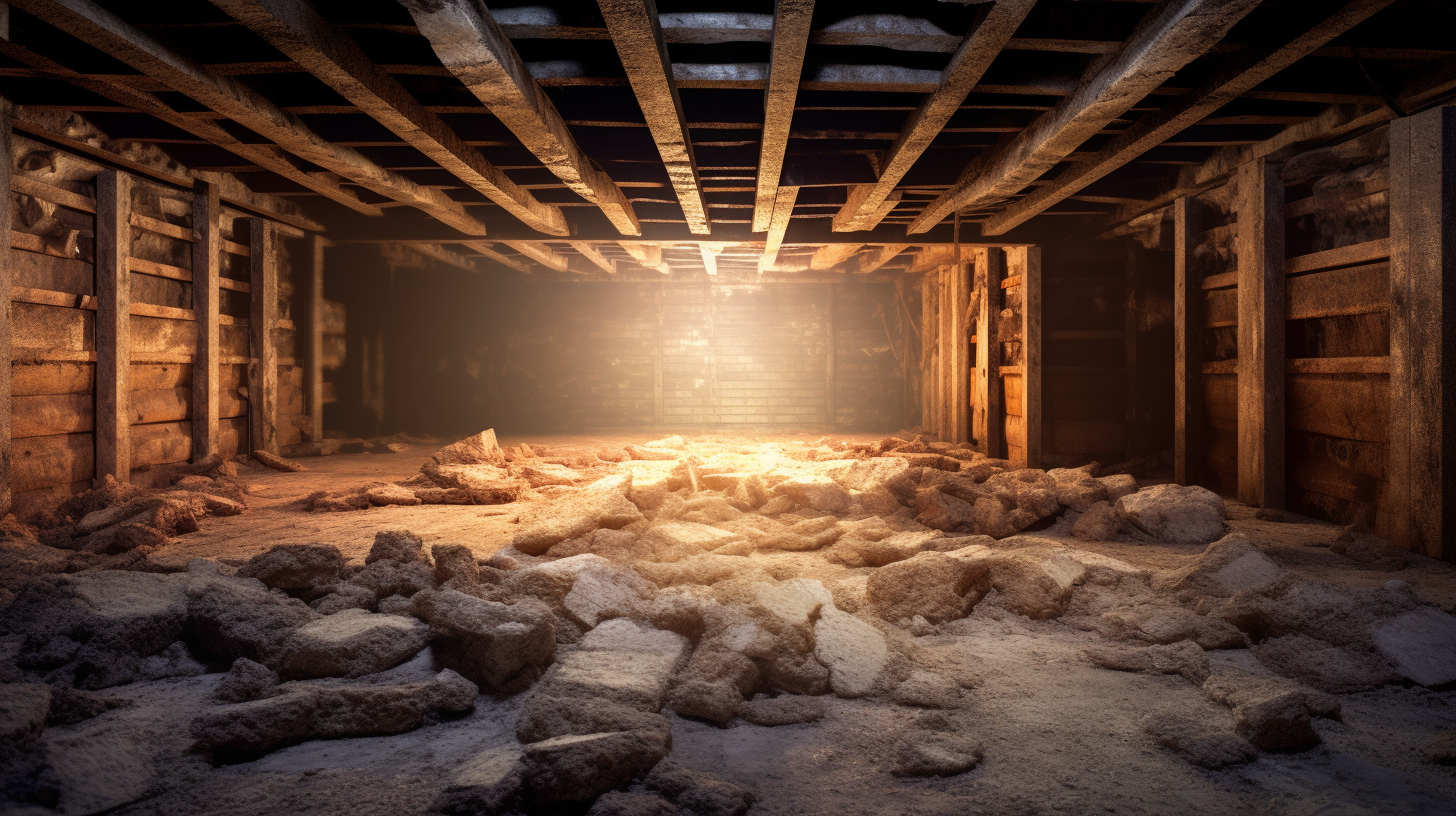
Got a Question? We’re Here to Help.
You can arrange an appointment or make an enquiry by phone or email, orget in touch to us via our contact form.
